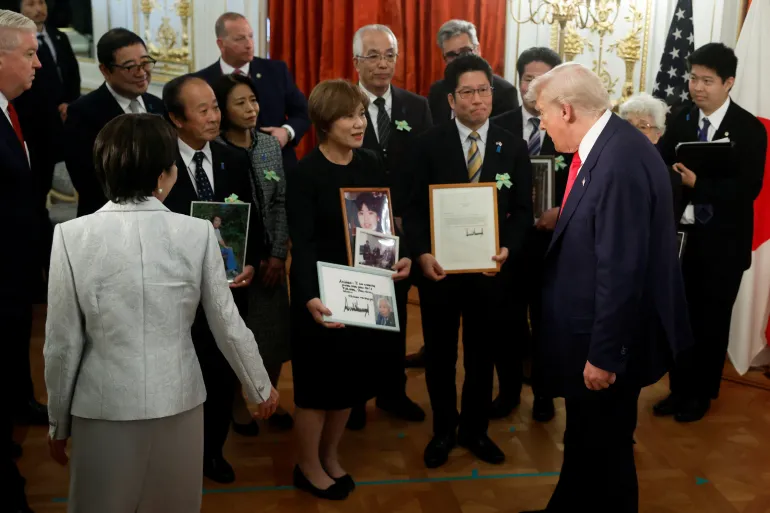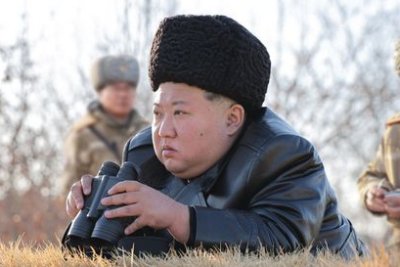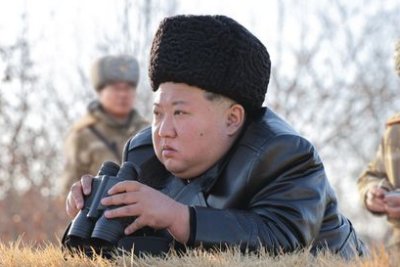North Korea test-fires cruise missiles as Trump visits South Korea | Nuclear Weapons News
Pyongyang says the tests in the Yellow Sea were aimed at impressing its abilities upon its ‘enemies’.
Published On 29 Oct 2025
North Korea has test-fired several sea-to-surface cruise missiles into its western waters, according to state media, hours before United States President Donald Trump begins a visit to South Korea.
The official Korean Central News Agency (KCNA) said on Wednesday that the missiles, carried out in the Yellow Sea on Tuesday, flew for more than two hours before accurately striking targets.
Recommended Stories
list of 4 itemsend of list
Top military official Pak Jong Chon oversaw the test and said “important successes” were being achieved in developing North Korea’s “nuclear forces” as a war deterrent, according to KCNA.
The test was aimed at assessing “the reliability of different strategic offensive means and impress their abilities upon the enemies”, Pak said.
“It is our responsible mission and duty to ceaselessly toughen the nuclear combat posture,” he added.
South Korea’s joint chiefs of staff said on Wednesday that the military had detected the North Korean launch preparations and that the cruise missiles were fired in the country’s northwestern waters at about 3pm (06:00 GMT) on Tuesday.
The joint chiefs said South Korea and the US were analysing the weapons and maintaining a combined defence readiness capable of a “dominant response” against any North Korean provocation.
North Korea’s latest launches followed short-range ballistic missile tests last week that it said involved a new hypersonic system designed to strengthen its nuclear war deterrent.
The latest test came hours before an expected summit between Trump and South Korean President Lee Jae Myung in the city of Gyeongju, where South Korea is hosting this year’s Asia-Pacific Economic Cooperation (APEC) meetings.
Trump has expressed interest in meeting with Kim during his stay in South Korea, where he is also scheduled to hold a summit with Chinese President Xi Jinping.
However, South Korean officials have said that a Trump-Kim meeting is unlikely.
Kim has said he still personally holds “fond memories” of Trump, but has also said he would only be open to talks if Washington stops insisting his country give up its nuclear weapons programme.
North Korea has shunned any form of talks with Washington and Seoul since Kim’s high-stakes nuclear diplomacy with Trump fell apart in 2019, during the US president’s first term.

Before flying to South Korea, Trump was in Tokyo, where he met with families of Japanese abducted by North Korea on Tuesday, telling them that “the US is with them all the way” as they asked for help to find their loved ones.
After years of denial, North Korea admitted in 2002 that it had sent agents to kidnap 13 Japanese people decades ago, who were used to train spies in Japanese language and customs.
Japan says that 17 of its citizens were abducted, five of whom were repatriated. North Korea has said that eight are dead as of 2019, and another four never entered the country.


